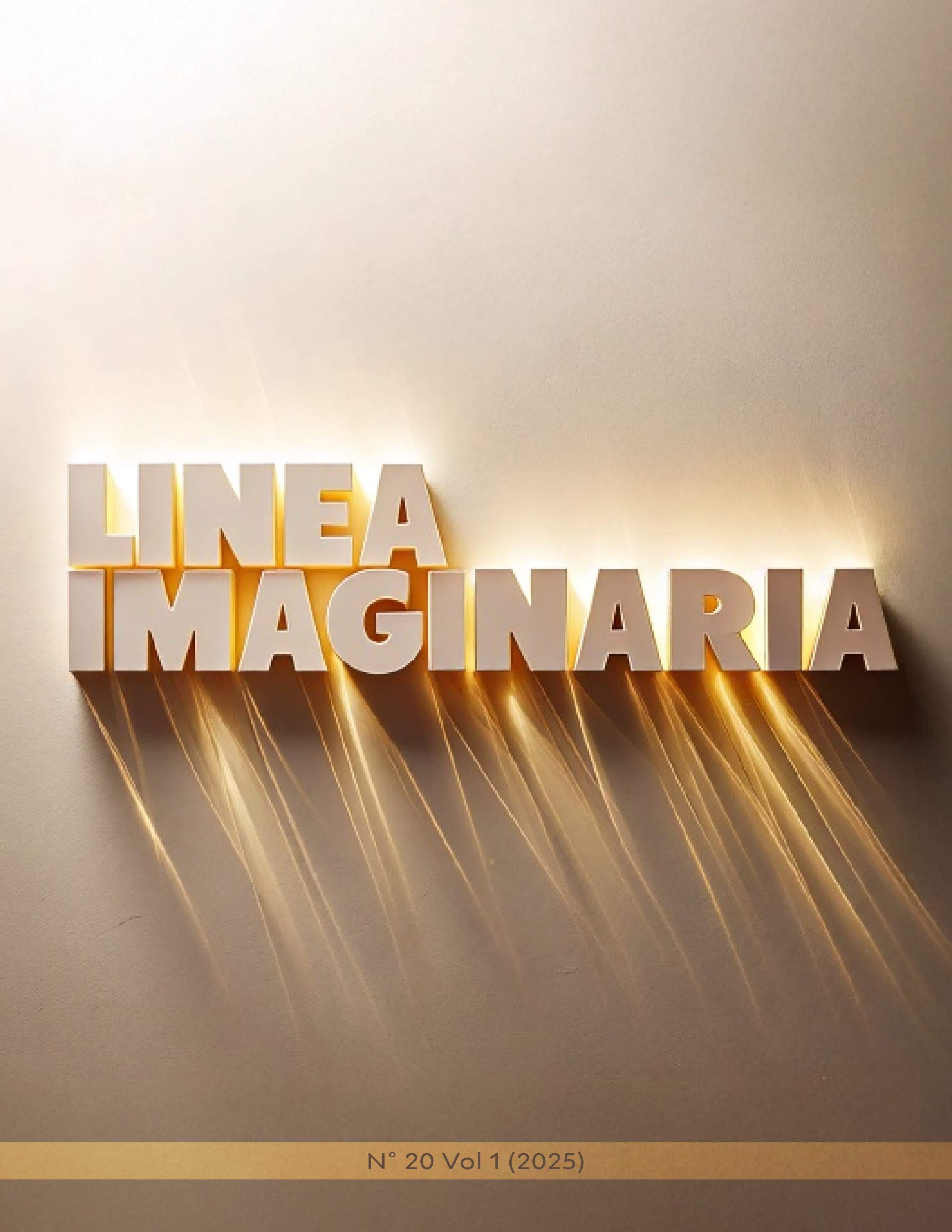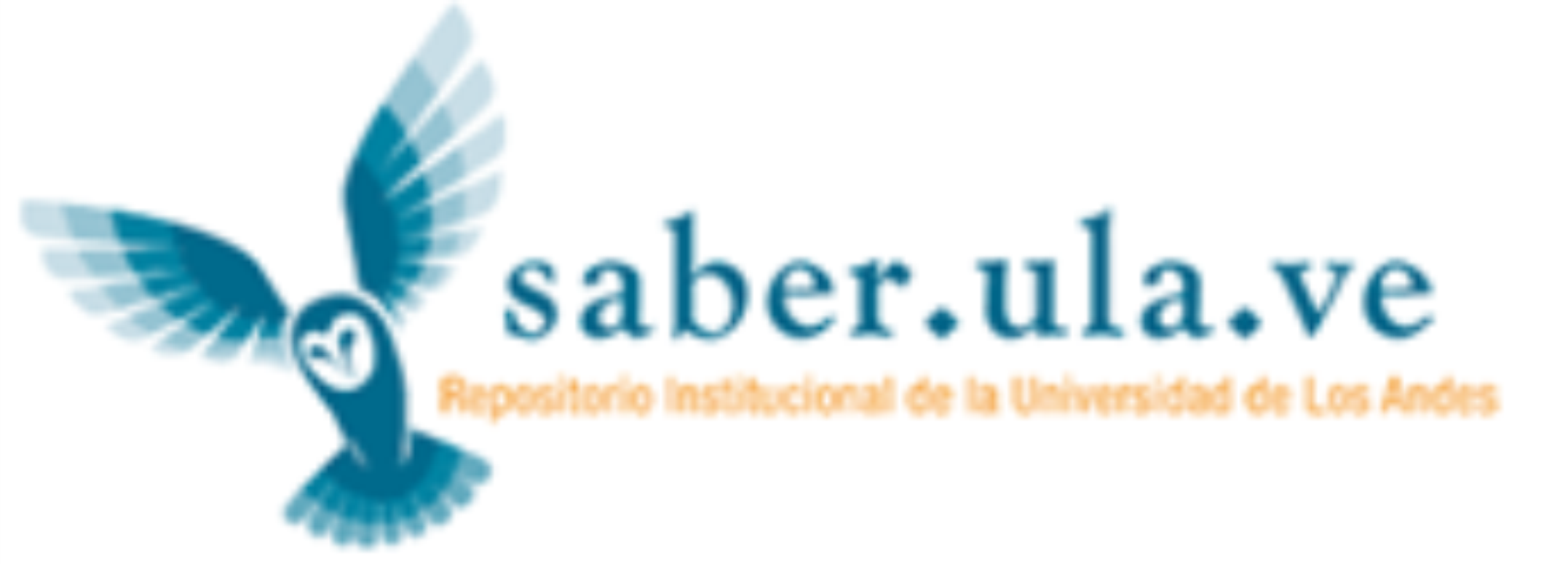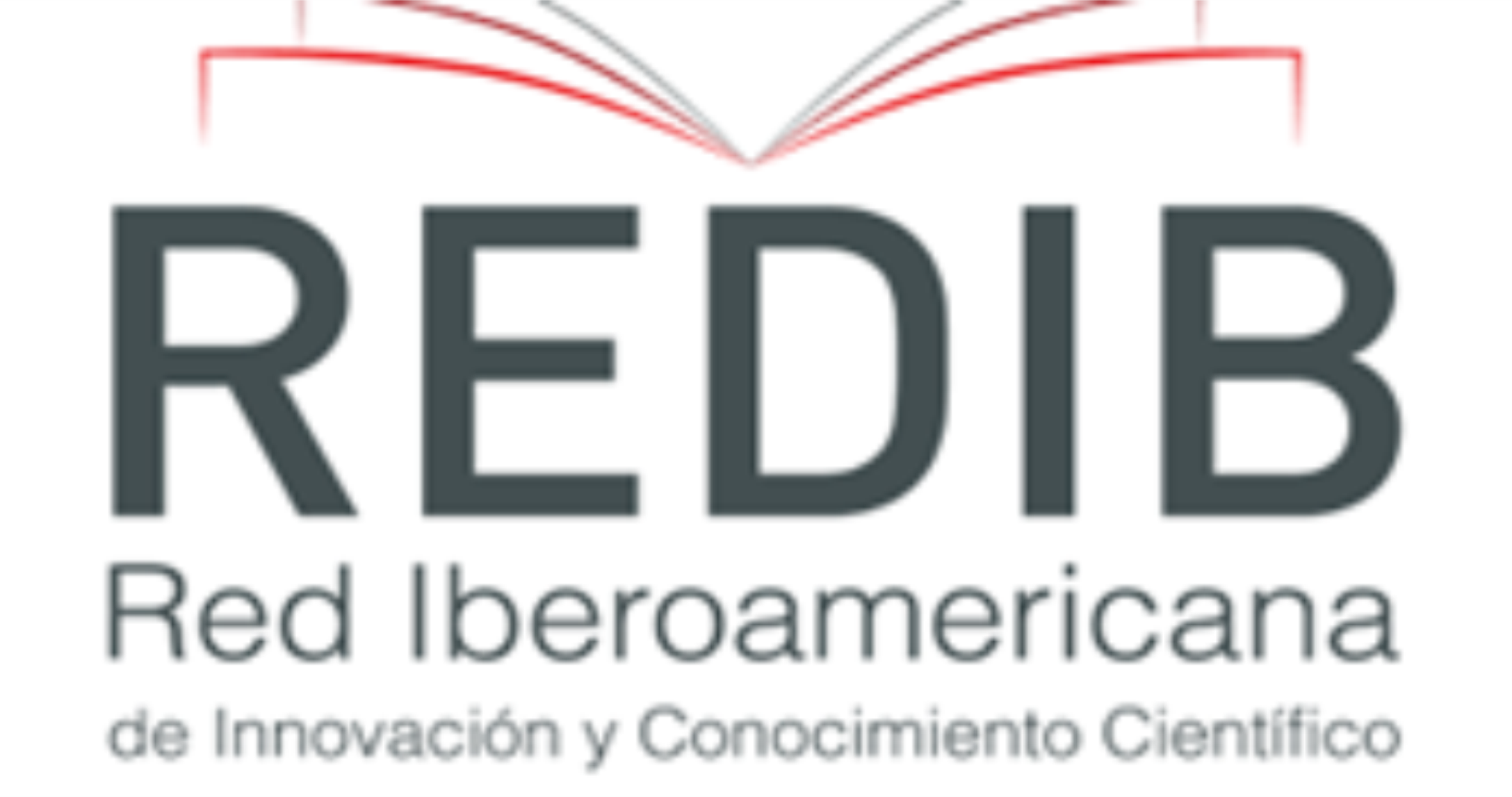RETHINKING THE EFFECTS OF HOWARD GARDNER'S RESPECTFUL MIND IN BASIC SECONDARY EDUCATION. BASIS FOR THE PRESENT AND THE FUTURE TEACHING MODEL
DOI:
https://doi.org/10.56219/lneaimaginaria.v1i20.3725Keywords:
respectful mind, MR, basic education and the coexistenceAbstract
Society today has faced relevant and significant changes marked by technological advances; from this point of view, it is pertinent to consider the following general objective: to reflect on the effects of Howard Gardner's respectful mind in basic secondary education as the basis for the present and the future teaching model. The methodology of this work is based on a dissemination article that arises as a result of the doctoral thesis entitled: theoretical construction on the respectful mind in eleventh grade students of the I.E San Francisco de Asís according to Howard Gardner's vision. A study based on a qualitative methodology, applied through an interpretative paradigm; based on the phenomenological method; which brought as a result, a set of pedagogical actions that fall on the formation of ethics, morals, respect and undoubtedly discipline in secondary education students; which brought about a significant reflection that indicates that the mentioned elements converge in promoting an innovative education based on current trends to ensure a quality education.
Downloads
References
Bonvallet, Verónica. (2018). El lugar del respeto en el mundo de la pobreza: Expresiones, tensiones y desafíos. Revista Intervención. 1. 46. 10. En: file:///C:/Users/Usuario/Downloads/El_lugar_del_respeto_en_el_mundo_de_la_pobreza_Exp.pdf DOI: https://doi.org/10.53689/int.v1i6.37
Braslavsky Cecilia. (1999) Bases, orientaciones y criterios para el diseño de programas de formación de profesores. Revista Iberoamericana de Educación Nº 19. Organización de Estados Iberoamericanos Universidad de Buenos Aires Briones, G. (1998). La investigación social u educativa. Modelos de autoaprendizaje. Tomo 1. Formación de docentes en investigación educativa. Tercera Edición. Editorial Mundo editores 1998 Briones, G. (1998). La investigación social u educativa. Modelos de autoaprendizaje. Tomo 3. Formación de docentes en investigación educativa. Tercera Edición. Editorial Mundo editores 1998
Catellá, J., Comelles, S. y Cros, A. (2007). Las estrategias comunicativas de los docentes bien valorados. Barcelona: Graó. Chirino Ramos, M. V. (1999). La investigación en el desempeño profesional pedagógico. Material de estudio. La Habana: Instituto Superior Pedagógico "Enrique José Varona".
Chutz, A. (1995). El problema de la realidad social, Buenos Aires, Amorrortu
Cobo, C., y Moravec, J.W., (2011) Aprendizaje Invisible hacia una nueva ecología de la educación, 1ª Ed., 1- 239, Collecció Transmedia XXI, Barcelona, España.
Flores, I. (2005). Identidad cultural y el sentimiento de pertenencia a un espacio socia: una discusión teórica. Recuperado de http://cdigital.uv.mx/bitstream/1234567 89/345/1/2005136P41.pdf Fromm, E. (1980). La soledad del hombre. Monte Ávila.1980. Fuster, D. (2019). Investigación cualitativa: Método fenomenológico hermenéutico. Propósitos y Representaciones, 7(1), 201-229. Doi: http://dx.doi.org/10.20511/pyr2019.v7n1.267 DOI: https://doi.org/10.20511/pyr2019.v7n1.267
Gaitán, C. Jaramillo, J. Granados, L. (2005) Estado del Arte Prácticas Educativas y procesos de formación en la educación Superior. Bogotá: Javegraf. García Retana, J. Á., (2012). La educación emocional, su importancia en el proceso de aprendizaje. Revista Educación, 36(1), 1-24. Gardner, H. (1994). Estructuras de la mente. La Teoría de las inteligencias múltiples. México: Fondo de Cultura Económica. Gardner, H. (2001). Estructuras de la Mente. La Teoría de Las Inteligencias Múltiples. Publicado por Basic Books. Sexta reimpresión 2000 Gardner, H. (2008). Las Cinco mentes del Futuro. Espasa Libros, S. L. U., 2008 Gardner, H. (2010). Inteligencias múltiples. La teoría en la práctica. 3a Impresión. Editorial Paidós Surcos. 2010. Gardner, H. (2011). Arte, mente y cerebro. Una aproximación cognitiva a la creatividad. 2a impresión. Editorial Paidós Surcos 12. 2011. Koinonía. (2024, 15 de abril). Wikipedia, La enciclopedia libre. Fecha de consulta: 01:19, abril 15, 2024 desde https://es.wikipedia.org/w/index .php?title=Koinon%C3%ADa&oldid=159448910. Morin, E. (1994). El paradigma de la complejidad. Introducción al pensamiento complejo, 87-110.
Sánchez (2005) Las cinco mentes del futuro. Un ensayo educativo. Howard Gardner. España Ed. Paidós. Traducción de Genis Barberán.
Downloads
Published
How to Cite
Issue
Section
License
Copyright (c) 2025 LÍNEA IMAGINARIA

This work is licensed under a Creative Commons Attribution-NonCommercial-ShareAlike 4.0 International License.
La revista Línea Imaginaria conserva los derechos patrimoniales (copyright) de las obras publicadas, que favorece y permite la reutilización de los mismos bajo la licencia Creative Commons Atribución-NoComercial-CompartirIgual 4.0 , por lo cual se pueden copiar, usar, difundir, transmitir y exponer públicamente, siempre que se cite la autoría y fuente original de su publicación (revista, editorial, URL y DOI de la obra), no se usen para fines comerciales u onerosos y se mencione la existencia y especificaciones de esta licencia de uso. Si remezcla, transforma o crea a partir del material, debe distribuir su contribución bajo la misma licencia del original.













